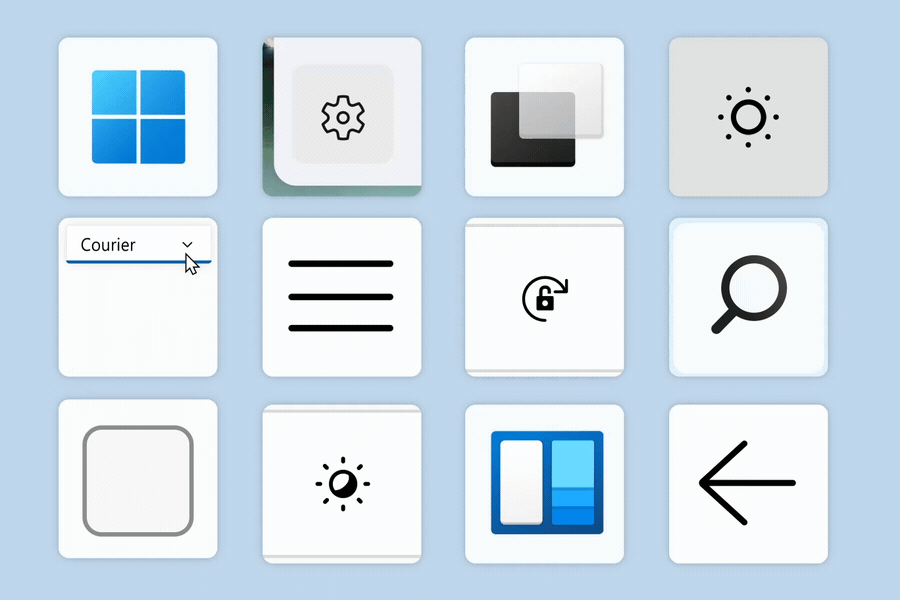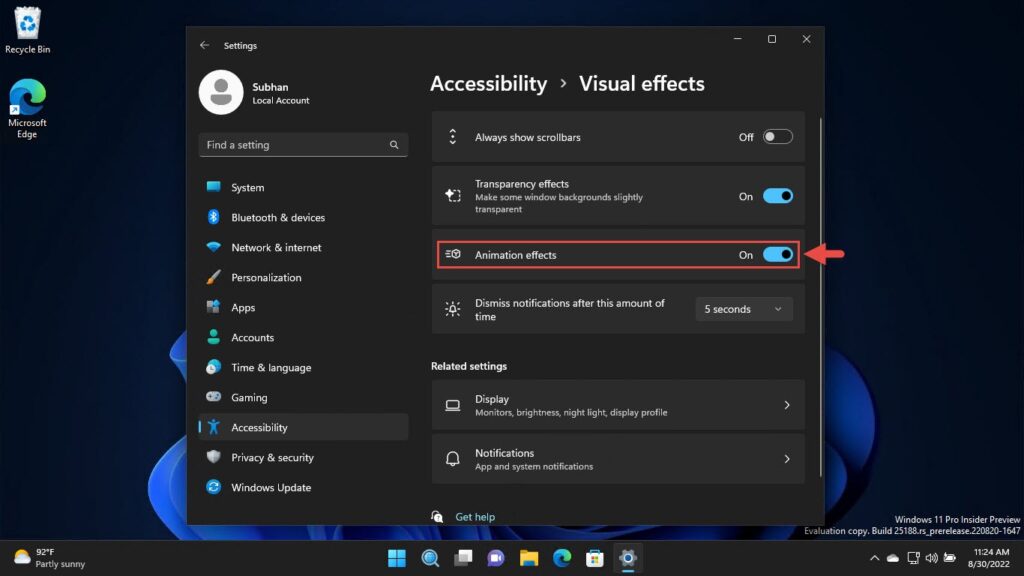The user interface is one of the main components of any smart device out there. User interfaces (UIs) refer to the user-facing side of software applications. These are generally the screens where users interact with the application, including the menu bar, buttons, text boxes, etc. A good UI should guide users to accomplish their tasks more efficiently and provide them with enough information to complete those tasks. With this in mind, every OS manufacturer develops their OS to provide the best usability to the users. Well, initially, OSes came with a command line user interface, and with it being very difficult to operate, OS manufacturers shifted to a more user-friendly graphical user interface. So, the graphical elements made the user interface more user friendly, and ever since the beginning, the GUI became popular among users, and till this date, the GUI has evolved in several ways.

When we talk about OSes, Windows OS is one of the most sought ones and more than half of the computer-using population is running Windows OS on their computers. Since 1985 when Windows first came up with a GUI-based user interface, the GUI standards have evolved and what today’s Windows OS offers is fabulous. Over the years Microsoft has done a great job of upgrading the user interface with every major OS update. The user interface in the OSes was simple and with tech progressed and the displays capable of displaying more vibrant and clear pictures the OS has evolved to produce the utter best in the industry.
Well, when it comes to the user interface, icons are a major component and there are thousands of icons in the Windows OS. Every file on your computer has its own little picture associated with it. These pictures help you identify what type of file it is and make it easier to navigate through your hard drive. Different types of files have different pictures. Examples include Text documents (.txt), PowerPoint presentations (.ppt), images (.jpg.jpeg,.png), video files (.avi.mpg), movies (.mov.mpeg.mp4), audio files (.wav.mp3), and others. So, with thousands of icons on Windows, everything can be depicted using an icon and this makes the user interface much more friendly.
Recommended Post:- Windows 11 Build 22621.586 & 22622.586 are in the Beta Channel
So, with Windows 11 being the recently released OS the user interface on the OS has been modified to a great extent and the looks of the OS is very different from its predecessors some of the major improvements done are to the smoothness of the components that are displayed and the icons. Windows 11 has been released with a new set of icons for different components and they are very responsive:; like if you hover over the icons or click on them, the icon changes color or other aspects and this looks very cool when it happens. So, with such improvements to the icons, users can now enjoy the user interface when using it.

So, all the changes that the icons bring in when tried to be accessed or used are because of animations that have been linked to the icons.
So, if you are not familiar with the term animation, it is just the term used to define the transformational changes of the graphical elements such as icons and other components. Animation depicts the movement or change in form of the component and it is elaborate used in the Windows OS. Animations work through frames. There are essentially four types of frames that you can add to any animation, and each frame has its own set of instructions. You start off by drawing the background image, then add the foreground text and objects. Finally, you draw the animation in frame-by-frame increments until you get to the end. Any GUI change you see on the screen is supported by some animation and Windows 11 icons have got animations to make the OS user interface great and usable.
Every user interface encases menus, toolbars, status bars, dialog boxes, and much more. Here you have control over how many buttons you display on screen at once. So, here is how easily you can animate the icons on your Windows 11 computer.
Simple and Straightforward Method to Enable the Animation of Icons on Windows 11 Settings
Here is the simple step-by-step method to enable the animation of icons on Windows 11. Follow along and enable the animations on Windows 11.

- Open your web browser and then go to the GitHub repository.
- Here on Github, search for ViveTool-vx.x.x.zip and download the tool.
- Once the file downloads, extract the zip file to access it.
- Copy the path to the folder.
- Now, open start, and from here run the command prompt as administrator.
- Now, in the command prompt terminal, type in the folder that you have noted down like Cd C:\FOLDER\PATH\ViveTool, and press enter.
- Now, type in the command ViveTool /enable /id:34878152 and hit enter.
- Now, restart the computer.
- Now, in the settings application, you will find animations when you hover over different components.
Hope the information provided above was helpful and informative, with the simple and straightforward method you can easily enable the animations on Windows 11 settings.







